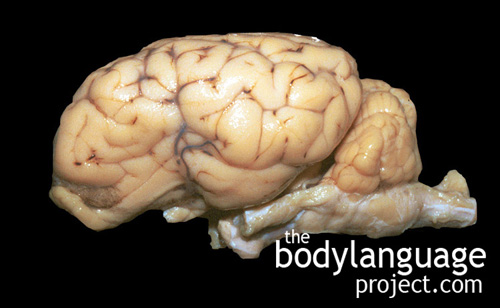Research by Bella DePaulo of the University of Virgina and Deborah Kashy of Texas A & M University in 1998 found that on average people tell one or two lies daily. The research tells us that people lie most often about their feelings, preferences, attitudes and opinions and lie less frequently about their actions, plans and whereabouts presumably because it would be fairly easy to detect these lies. Lies are also told about achievements and failures. Material gain, personal convenience or escaping punishment are all fodder for lies but most often, lies are used to gain psychological currency such as to appear more sophisticated or virtuous. It seems that we take self-presentation, that is, the way we are perceived seriously. Lying permits us to convey certain roles and personal qualities to others as we see fit. It’s important to realize the main reasons for lying so that we can be skeptical at the right moments. It is difficult and perhaps even detrimental to constantly be suspicious of lying. In fact, letting lies pass detection is often the best thing to do since not all lies are of significance, in fact, most are not. This strategy doesn’t require you to believe someone’s lies, but it does requiring the ignoring of certain lies, especially the unimportant ones.
The upside to lying is to protect others from disapproval, to reduce disagreements or to prevent hurting the feelings of others. Lying is therefore a skill to manage our impressions in light of others. Politicians present an example we know all to well, as they posture from all sides of every issue to gain the most support. Another feature of lies is that they often occur from omission where we remove or withhold information so as to mislead. Incidentally these are the easiest to get away with. When asked about the effect of lies, most agreed that lying produced little regret and that the lies where of little consequence. Most reported that they felt bad immediately after telling a lie though, but did not take much time planning lies or thinking about the consequences. Lying has a dark side too, and these are to hide actions that would otherwise lead to punishment which can be from cheating to deep betrayals of intimacy and trust.
In closing off this general introduction, I would like to emphasis that by no means is lie detection easy or straightforward and any source that tells you it is, is misleading you. Lying is not universally stressful, guilt-inducing or even complicated. Some lies are simple and the motivation for lying varies greatly. It is my contention which is supported by the literature on deception, that lying is used routinely, and competently executed yields only faint clues through body language. Researchers who favour my view say that ordinary people are so practiced and proficient and unaffected by lies, that they could be regarded as professionals. Lying is so pervasive that over time (evolution), those who were best able to fool others tended to be most successful and produced more of this trait. Therefore, only weak ties exist between verbal and nonverbal tells with regards to lies, with the most blatant and obvious signals eliminated quickly through our development and our evolutionary history.


